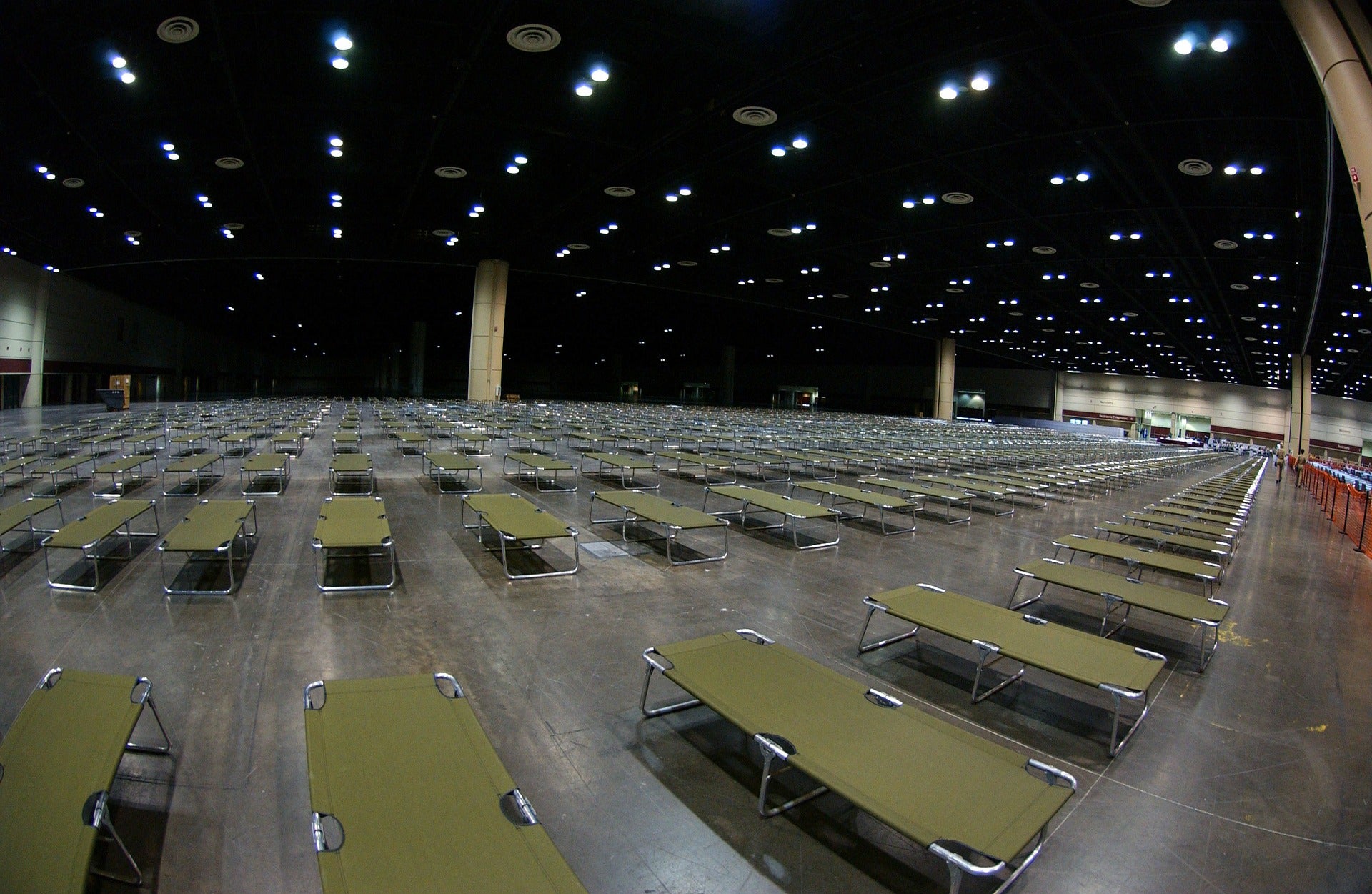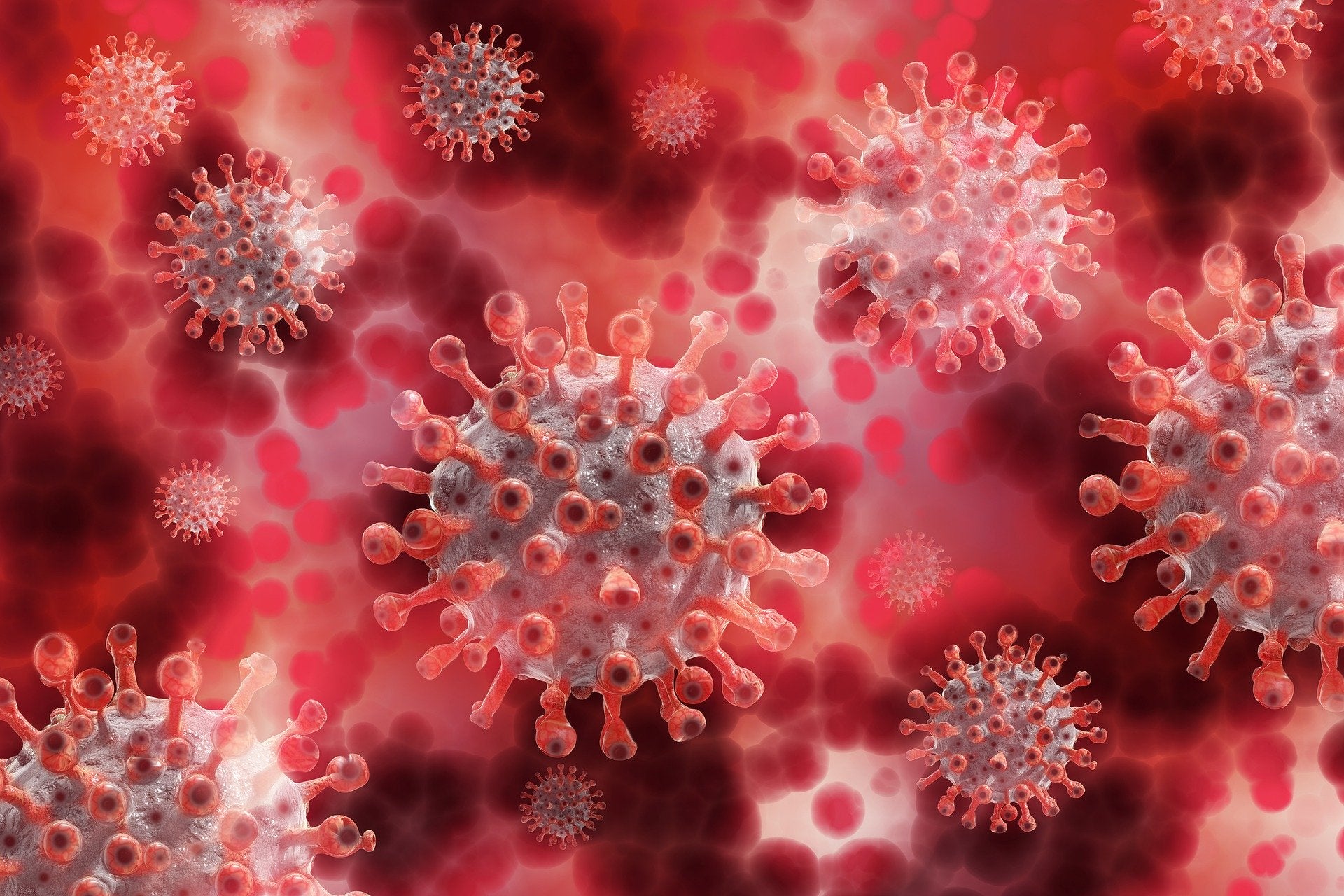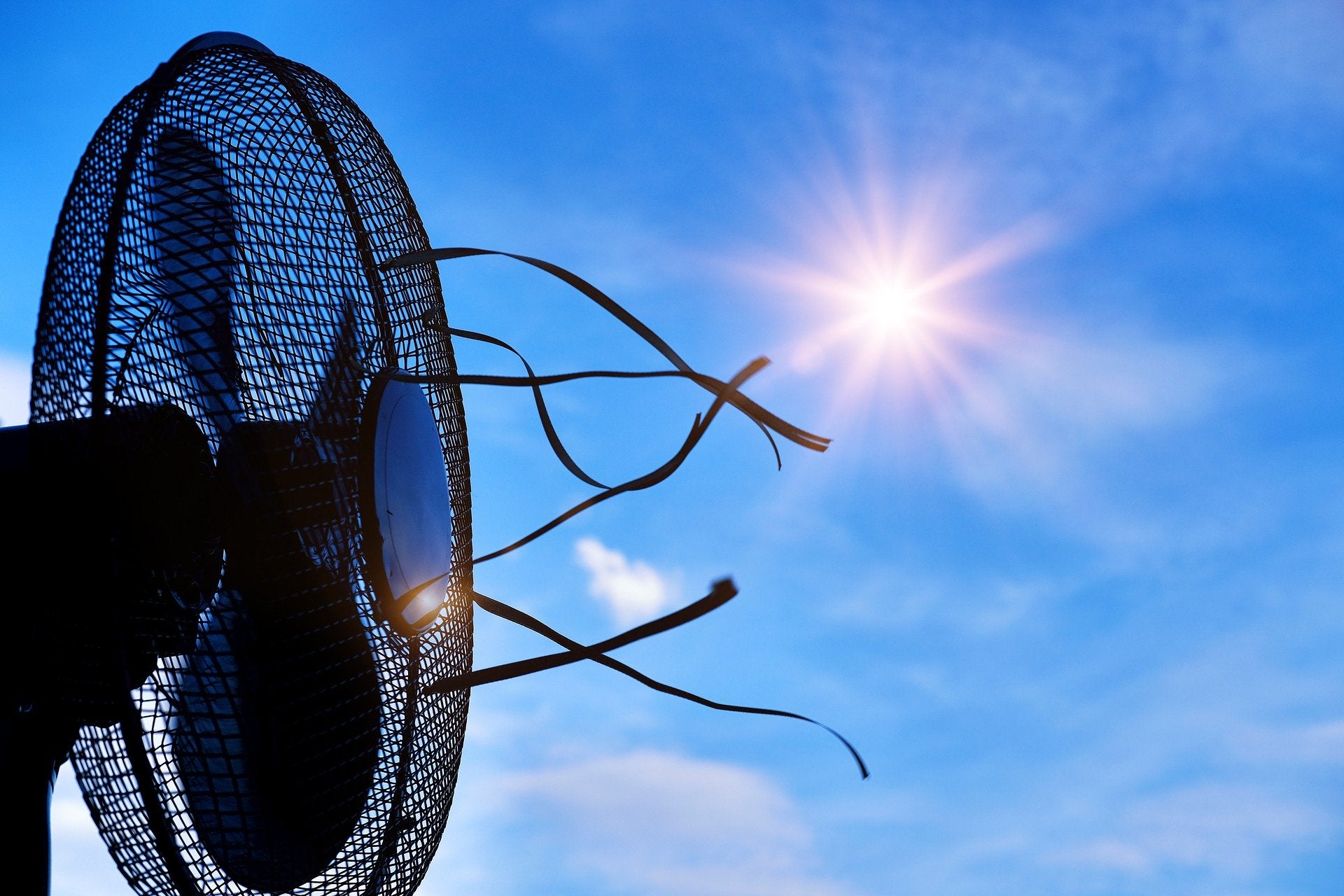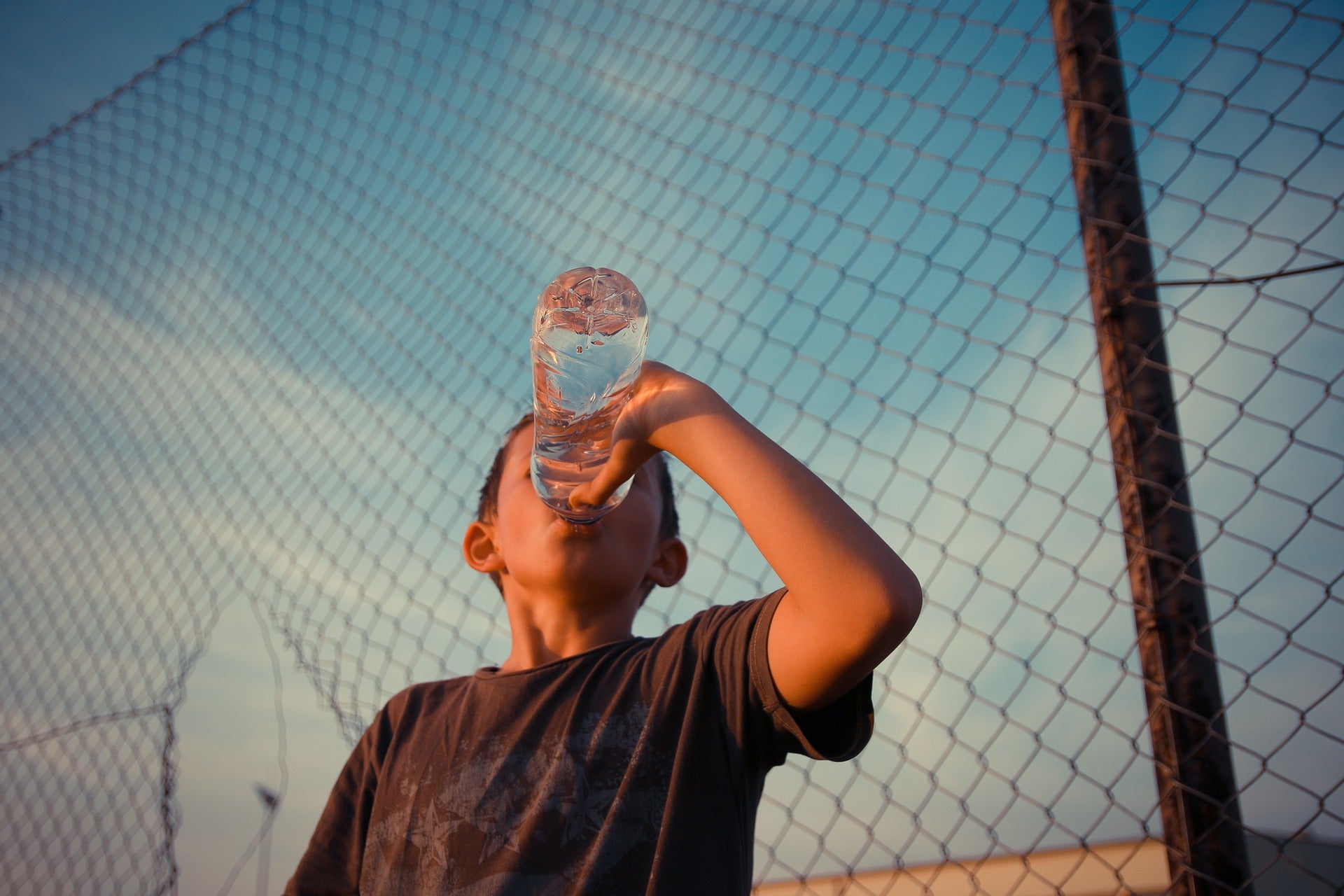Photo by: Unsplash user Bob Janson
Coronavirus and air pollution | Coronavirus and climate change | Preventing Pandemics at the Source
The recent hottest years on record have brought the health dangers of heatwaves into focus—emergency room visits and 911 calls spike on hot days as people experience heat-related illness.
Sheltering in place can quickly become sweltering in place for those without access to air conditioning, or those who have it but cannot afford to use it. Communities have responded by providing public cooling centers —such as senior centers, libraries, and pools— but this summer will bring unique challenges as these gathering places may be closed or have limited access due to social distancing.
It is vital to provide ways to help individuals stay cool at home and while physically distancing, especially given those most at risk for heat illness are the same populations at greater risk of COVID-19: the elderly, the homeless, low-income communities, those with pre-existing health conditions, and those who are immunocompromised.
We offer four approaches to help protect people’s health as we prepare for the hottest months during the pandemic:
-
-
- Raise awareness about keeping cool without air conditioning
- Use COVID-19 communications channels
- Increase cooling resources for homes
- Increase worker protections
-
Raise awareness about keeping cool without air conditioning
Public officials and media should increase awareness of how individuals can stay cool by:
-
-
- Drinking water
- Wearing loose-fitting clothes
- Checking on neighbors
- Staying on the lowest floor of your house or apartment
- Limiting caffeine and alcohol
- Taking cool showers
-
Awareness campaigns should include information for how to keep our homes cooler by:
-
-
- Using black-out curtains and window reflectors
- Weather stripping doors and windows
- Keeping storm windows in place all year
- Closing shades during the hottest times of day
- Turning off lights and appliances
-
This information is also useful for those with air conditioning because creating a cooler environment decreases the need to run an air conditioner as often, which lowers utility bills and reduces air pollution, which benefits health. Check the National Integrated Heat Health Information System for more safety tips.
Use COVID-19 communications channels
As communities develop emergency action plans for managing the pandemic, including heat preparedness plans will ensure public officials consider both challenges in tandem.
-
-
- Don’t wait until it’s hot: City and state officials should talk about the dangers of heat and how to prepare now, before it arrives.
- Leverage existing COVID-19 communications platforms: Americans are turning to mayors, governors, and public health officials for advice about navigating the coronavirus crisis—these trusted voices can communicate how to safely manage extreme heat using the same communications channels, such as daily press briefings.
- Expand outreach: Distribute information through food banks, telemedicine, and health networks established as part of COVID-19 response efforts.
-
Increase cooling resources for homes
Public officials can repurpose existing programs and implement new ones to avert increased hospitalizations due to heat-related illness this summer:
-
-
- Enhance Energy Assistance Programs: Tap into heating assistance and weatherization programs to make homes cooler in the summer. For example, state-level Home Energy Assistance Programs (HEAPs) offer annual benefits for heating and could provide program infrastructure to run summertime cooling programs.
- Ensure current programs are funded: Programs such as the federal Low-Income Home Energy Assistance Program (LIHEAP) assist households with weatherization and energy-related home repairs, and could be bolstered with funds to provide additional relief for cooling resources.
- Expand program thresholds: Expand thresholds for eligibility and benefits for energy assistance programs to allow more residents to access cooling resources.
- Lower energy bills: Offset energy bills or provide cooling credits during the pandemic to allow increased usage of air conditioning even if residents cannot afford it. Continue pandemic shutoff moratoriums to ensure those who have been economically burdened by the pandemic are not left without electricity during heatwaves.
- Distribute cooling resources: Supply air conditioners, black-out curtains, sprinklers, water, and educational materials to qualifying households.
-
Increase worker protections
Protecting workers from COVID-19 may include wearing personal protective equipment (PPE) such as masks, shields, and gloves—which may make it more difficult for workers to regulate body temperatures on a hot day. As workplaces prepare to reopen, it is critical to consider heat safety to protect both indoor and outdoor workers by:
-
-
- Increasing cool-down and hydration breaks
- Providing shaded rest areas that allow for physical distancing
- Avoiding physical activity during the hottest times of day
- Increasing ventilation and opening windows
- Engineering physical workspaces to use PPE as a last resort—e.g., allowing for physical distancing, alternating rows in a field or installing partitions in an office. NIOSH’s Hierarchy of Controls provides guidance to limit workers’ exposure to hazards.
-
Visit the U.S. Department of Labor’s Occupational Safety and Health Administration (OSHA) to learn more about preventing heat illness in the workplace.
Creative solutions in action
Many cities have stopped power companies from cutting off electricity and are already tackling extreme heat by investigating and implementing solutions:
-
-
- Phoenix, Arizona plans to rent hotel rooms for the homeless
- New York City is looking to pay for electricity bills and is expanding a buddy-system texting program to check in on friends remotely
- Austin, Texas may send cooling buses to neighborhoods
- Richmond, Virginia is investigating revisions to an existing program to provide air conditioners and may convert low-traffic streets into social areas in the cooler evenings
- Los Angeles, California makes cooling centers safer by enforcing social distancing, taking temperatures, requiring gloves and masks, and providing hand sanitizer.
- Harris County, Texas may use empty sports venues and convention centers as cooling centers
-

The climate crisis and COVID-19—A major threat to the pandemic response
Strategies for local communities and states to reduce the risk of COVID-19 transmission during climate-related extreme events like heat waves, hurricanes, and wildfires.

What we can learn from COVID-19 for the climate crisis
CNN's Bill Weir explores what we can learn from COVID-19 to better prepare for the impact of the climate crisis, with insight from our ClimateMD Leader Dr. Renee Salas.

The climate crisis and COVID-19—A major threat to the pandemic response
Strategies for local communities and states to reduce the risk of COVID-19 transmission during climate-related extreme events like heat waves, hurricanes, and wildfires.

Can environmental mitigation save us from mounting crises?
The pandemic, climate change, and racial injustice don’t just weave together, they feed on each other.

Summer heat waves threaten those most at risk from COVID
In the age of social distancing, heatwaves and COVID-19 present a dangerous situation for many.

Keeping our cool during COVID-19
The prospect of a really hot summer on top of a pandemic requires new thinking about how to keep people safe.

How Boston can beat summer heat in time of coronavirus
With public cooling centers closed, heatwaves pose a threat of another public health emergency. Our Research Fellow Augusta Williams offers solutions to prevent it.
